Is Nadal’s bid to be the greatest ever over? If not, does he have the legs left in him to outrun Roger Federer and Novak Djokovic?
Rafael Nadal exploded onto the tennis arena in 2001, skidding across courts and slashing his racquet like a machete at every question his opponents posed. Nadal pushed himself so hard and played such ferocious tennis that one had to wonder – how long could that body take that kind of beating?
But 20 years and 20 Grand Slams titles later, the Spaniard is still pushing his body to the hilt – albeit a bit harder – as he sees his powers and his bid to claim the greatest of all time title slowly fade away with his body starting to betray him. His recent withdrawal from Wimbledon and the Olympics raises a persisting question: Is Nadal’s bid to be the greatest ever over? If not, does he have the legs left to outrun Roger Federer and Novak Djokovic?
How it started
But to put all of his injuries down to his playing style would be unjust to the Spaniard. Players like David Ferrer, Thomas Muster, Guillermo Vilas played as intensely as Nadal, at an age older than Rafa, played more matches overall, and didn’t take as many breaks from the court to rest their knees or nurse some injury.
Nadal’s baseline-grinder playing style is only a minor reason for his anomalous injury record; the real reason is because of his said rare birth defect – Kohler’s foot – which has escalated to other complications.
Back in 2004, when he was just 17, Rafa and his team discovered that the navicular bone in his left foot had not completely ossified when he was a baby and was causing him pain and swelling after playing sessions. After receiving negative opinions from most of the doctors, his team and uncle (Toni Nadal) were considering retirement for the 17-year-old, so that Rafa would not aggravate that brittle navicular bone and risk permanent injuries.
But his father didn’t give up as he consulted another scientist/doctor who came to the conclusion that with reasonable scheduling and a custom-built shoe that used orthotics, Nadal could still play tennis and eke out a decent career for himself.
In 2005, Rafa and his team experimented with his new custom-made shoe and the results were astonishing – Nadal accomplished the greatest season for a teenager since Björn Borg, winning 79 matches and 10 titles.
But his pain and swelling soon resurfaced near the end of the season, resulting in Rafa withdrawing from the 2005 Tennis Masters Cup (now ATP Finals) and the 2006 Australian Open before making his comeback for the Indian Wells Open in March 2006. That break made Nadal and his team realise that he couldn’t completely get rid of this problem, and would perennially have to adjust his schedule.
The Constant Grind
From 2006 to 2009, Rafa had an injury or two every season. He suffered his first knee injury in the Madrid Masters of 2006, but managed to win the title after a remarkable final against Ivan Ljubi?i?, while a back injury against Lleyton Hewitt at the Queen’s Club forced him to retire from the match. But the Spaniard did manage to progress into his first Wimbledon final and played the ATP Finals for the first time, where he lost to Roger Federer in the semifinals.
A new year, and with it, new injuries. Rafa suffered cramps in his left arm that made him lose strength and precision, while his nagging injuries with his knees continued. But he didn’t panic, as he said in an interview: “The only injury I had this year was knee’s. There isn’t any reason to get worried and to be honest my career isn’t in danger.”
2008 was a busy year for Nadal as he played 111 matches throughout the season where he became the World No. 1 for the first time, but which also ended with tendon issues to his knee that required time to heal. Then in 2009, it went from one to both knees – the same year he also faced abdominal issues during the US Open. But the most harrowing day for the Spaniard was the 31st of May, 2009, as the world of tennis saw the King of Clay beaten on his favourite court by a certain Robin Söderling.
Then, after suffering another knee injury against Andy Murray in the quarterfinals of the 2010 Australian Open, an abductor problem surfaced in the fourth round of the 2011 Australian Open, leaving Nadal in tears during a medical time out, having further aggravated his issue.
In 2012, Nadal faced the biggest injury in his career. He started to experience some issue with his knees during his Roland Garros title march, but the five-set loss to Lukáš Rosol in Wimbledon was the final nail in the coffin as Nadal spent the next seven-and-a-half months rehabilitating from his career-threatening knee injury.
Surgery is one way to recover from an injury, and then there is another way that is a lot safer and carries fewer complications. Nadal chose the latter. He used Stem Cell Treatment.
In this treatment, stem cells are taken from a newborn baby’s umbilical cord and are injected into the affected area of the body. These cells help replenish the damaged cells and allow the person to naturally heal instead of complicated surgeries. The 20-time Grand Slam champion used this to recover from his chronic knee injuries.
But then the parts that were not affected started breaking down one after the other. In the 2014 Australian Open final, the Spaniard was left distraught after having to surrender the title without a fight while his wrist injury during one of the practice sessions led to him withdrawing from tournaments in Toronto, Cincinnati and the all-important US Open.
He would return for the China Open in Beijing, but again, after a year of no major injury scare in 2015, it was just after the 2016 Australian Open that the wrist started to bother him again, forcing him to withdraw from the Roland Garros and the Wimbledon Championship that year.
And over these last five years, the Spaniard has been beset by niggling injuries to his abdomen, wrists, shoulder, ankles, hamstring – you name it. In June 2020, renowned French doctor Ben Illouz spoke about Rafael Nadal’s injuries and the pain that Nadal has had to deal with in his career.
“Sometimes, there are people who really do not seem to be in pain at all. There are people in sports, who on a scale of 10 for example, they will say that they have pain at 3 while for Rafael Nadal it is at 7. Rafael Nadal is someone who plays with inflammations until the moment where he is really at the end, and there is no alert to the body,” Illouz said.
How the playing style has been affected
Rafael Nadal has one of the best forehands in the game; the power and spin rates that he generates are simply in a different league. While the forehand shot of an average player has 3000 rpm, Nadal averages something close to 5000 rpm. One can only marvel at the kinetic chain in action as the Spaniard uses all of the important body parts, coiling and uncoiling them one after the other, which results in superior acceleration of the racquet.
His serve and backhands are have constantly evolved with his injuries. At times he hits his backhands too aggressively and almost never slices the ball and on other occasions, he mistimes his backhand while slicing the ball a lot. Nadal has a sound technique with an inside-out racquet swing.
He uses his body to generate power and at this point of his career, he tries for the backhand winners at just any moment from any position on the court. But this hasn’t boded well for the Spaniard as his extremely hard right-hand grip makes it more difficult for him to get good depth on his shots.
However, how well and aggressive Nadal hits his backhand is one of the main indicators regarding his form on any given day. Due to his recurring knee injuries, the Spaniard has lost the pace and zip he had in his prime, because of which he has started to struggle more on his backhand as of late.
Nadal is a man of discipline and routine, but that has been constantly hampered due to his injuries. The 35-year-old has always had to adapt and evolve his game to support his body. And when you feel your physical powers slowly wane, you sharpen the other aspects of your game – the tactical game.
Over the last couple of years, his game plan has been built around playing forehand strokes as much as possible. Previously, Nadal used his serve to create gaps and manipulate his opponent’s positioning. He uses his serve to do the same now, but the difference is that he ends his points rather quickly, running less and dictating the tempo from the baseline. One-handed players find it very difficult as this tactic makes the ball jump much higher than the normal trajectory.
The few matches where Nadal lost are usually the ones where his opponents took the game to him and attacked his backhand with powerful flat strokes. That is evident with his recent defeats on clay to big-hitters like Andrey Rublev and Alexander Zverev, while the defeat which raised a few eyebrows and mainly the manner of it is the one against Novak Djokovic in the Roland Garros semifinals.
The eventual champion, Djokovic, took full advantage of Nadal’s weaknesses. He pushed Nadal deep outside the baseline on his backhand and then hurried him on his favourite forehand, resulting in unforced errors by the Spaniard. Nadal’s lack of pace and zip in his movement was quite clear for all to see as the 35-year-old always looked onetep too short into his forehand strokes while his deep baseline approach negated any hopes of a surprise dash to the net.
Historically, Rafael Nadal is one of the greatest of all time, but it appears that the biggest threat to his “greatest of all-time” title may never have been Roger Federer or Novak Djokovic. Rather, it is his own body, and the war Time has won over him in a five-set classic.
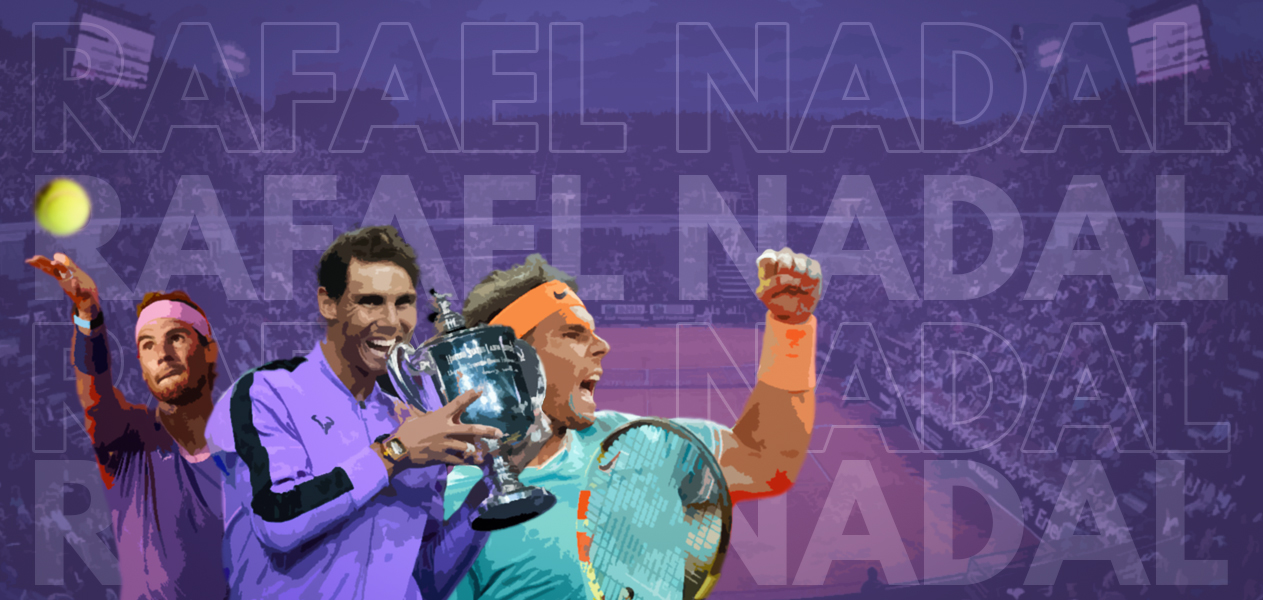

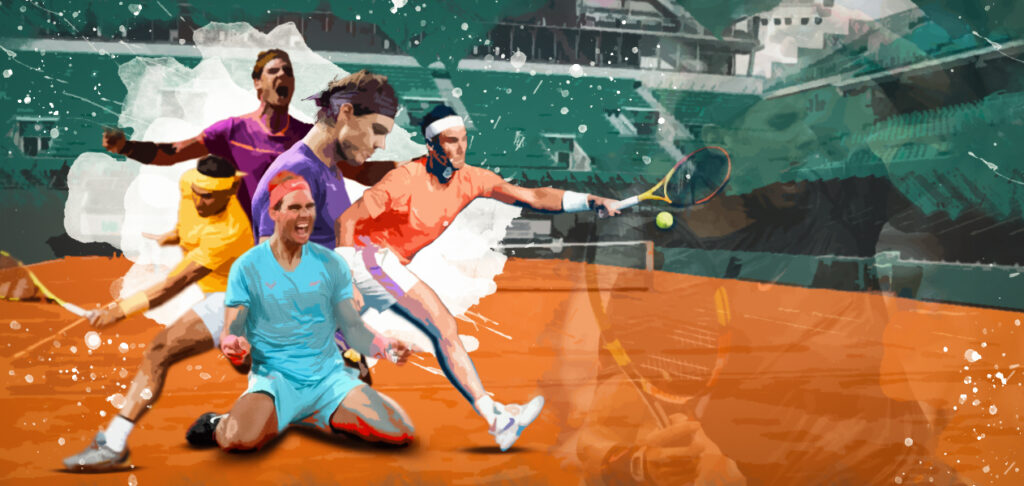
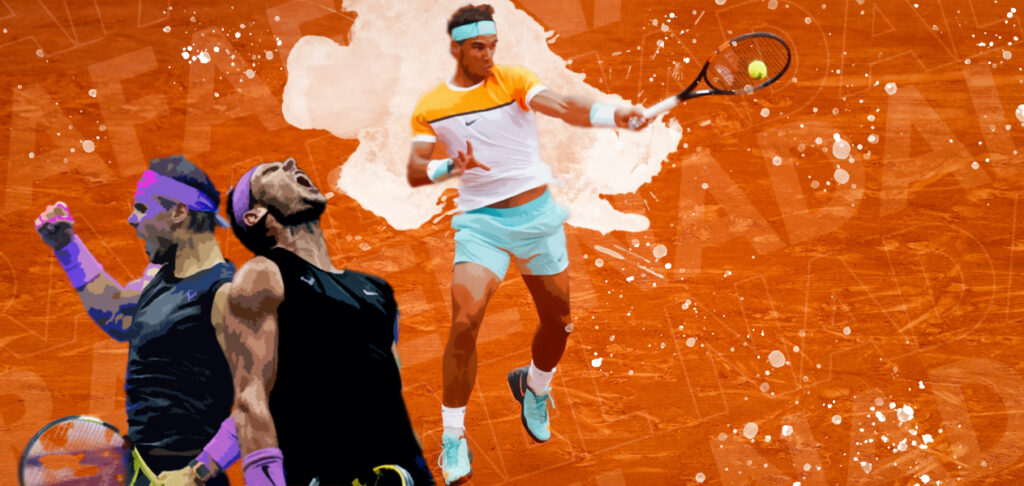
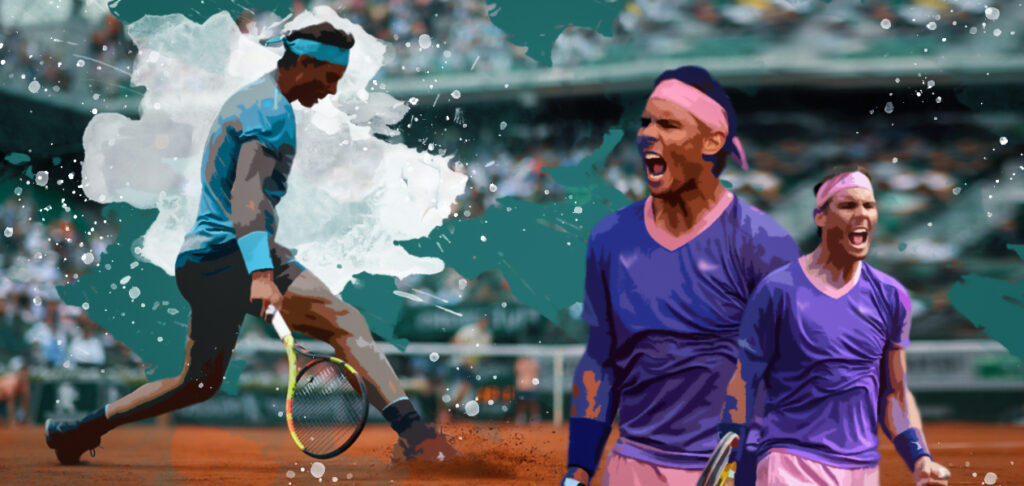

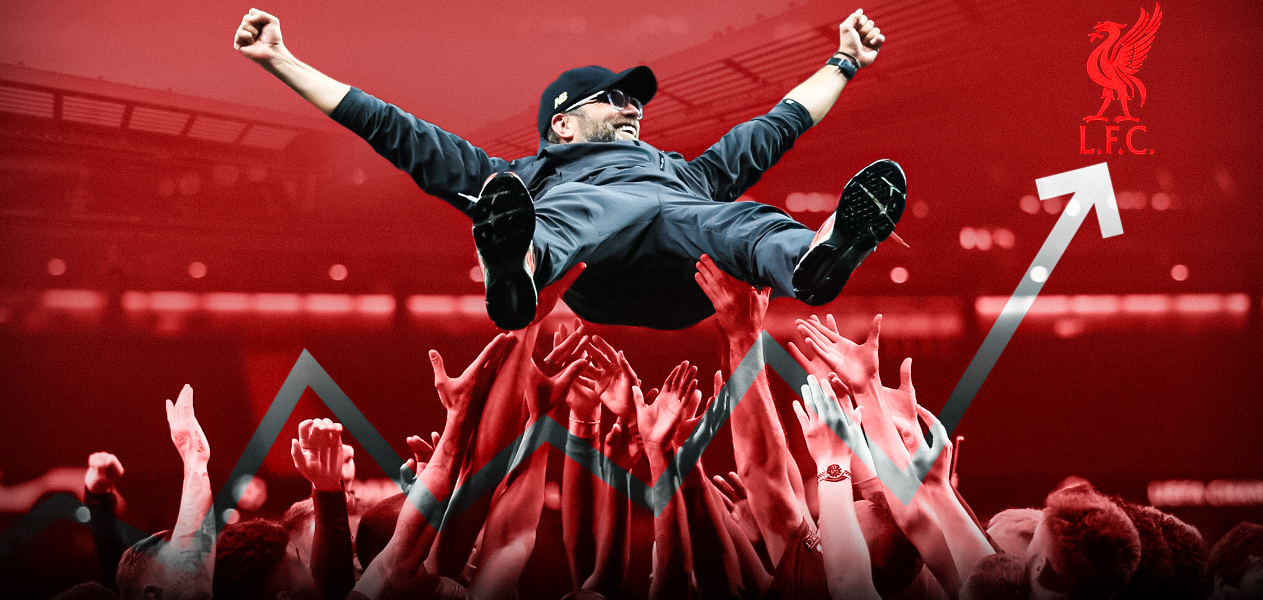
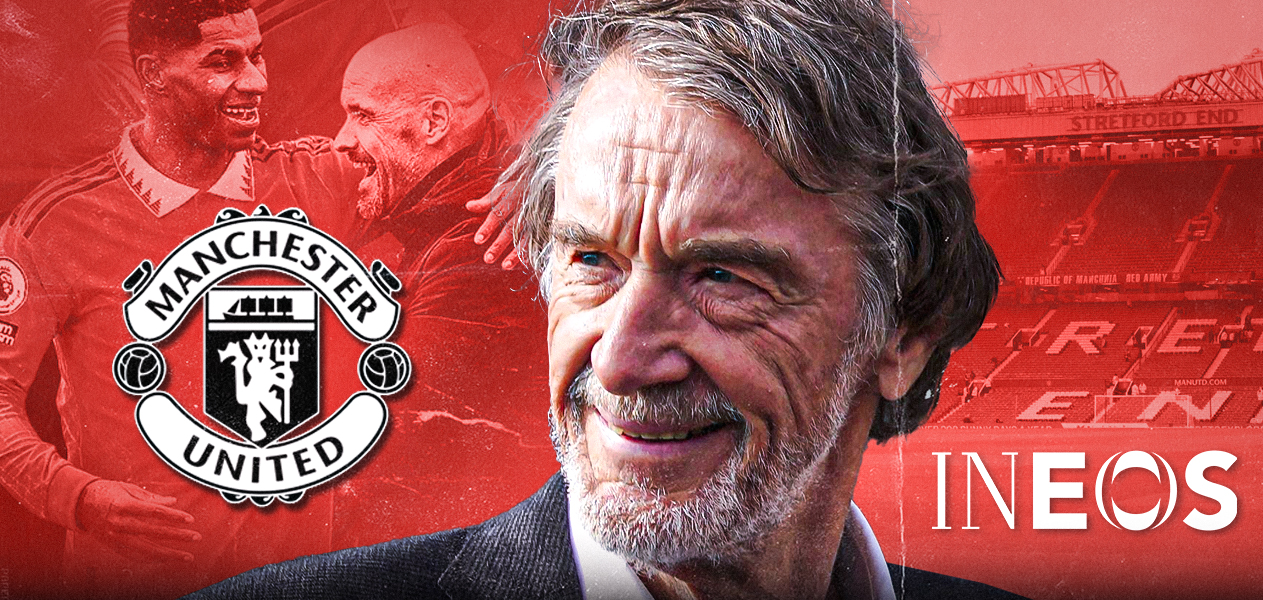

Leave a Reply